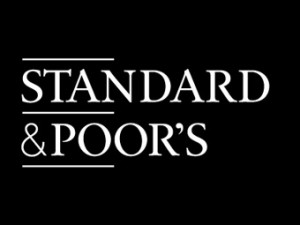 On Friday, Standard & Poor’s said it had upgraded the government bonds of Ireland by a notch to an A-minus rating, saying the country was making positive progress in recovering from its banking and debt crisis of six years.
On Friday, Standard & Poor’s said it had upgraded the government bonds of Ireland by a notch to an A-minus rating, saying the country was making positive progress in recovering from its banking and debt crisis of six years.
This was the first major upgrade by S&P in Ireland since it downgraded the Emerald Isle during the height of the economic crisis in 2011.
While the worst part of the crisis eased, S&P lifted its outlook for Ireland to positive. On Friday, S&P said it increased from a BBB+ to A- for Ireland as the economic outlook improved for Ireland’s fiscal position and the damaged banks in the country showed signs of returning to financial health.
Those selling government bonds from Ireland on behalf of the government of Ireland said the upgrade could be much more significant than just the notch might suggest. It may help to further deepen the current market for Irish bonds because certain investors will not purchase debt with a rating that is less than an “A.”
Ireland plummeted into a financial crisis when the overvalued property market collapsed wrecking banks and bringing the country near bankruptcy.
However, it came out of its bailout of 2010 with the International Monetary Fund and European Union this past December and was successful in gaining deeper access to bond markets.
Government bonds from Ireland are now trading near historical low yields.
The S&P also stated that the economy in Ireland was mending and that inflow of investment from outside the country will likely bolster the growth of the nation’s gross domestic product, which the firm said was now projected to average over 2.7% between 2014 and 2016, up from a projection previously released of 2%.
Ireland must have demand across the euro zone to drive its economy that is export focused because the austerity taxes, high emigration and still high unemployment weigh on the domestic consumer demand.
